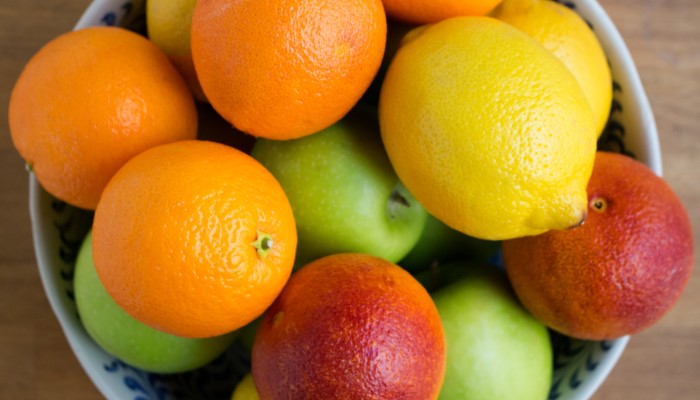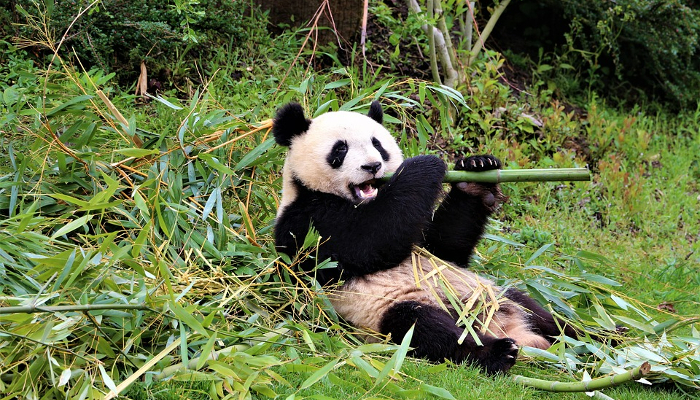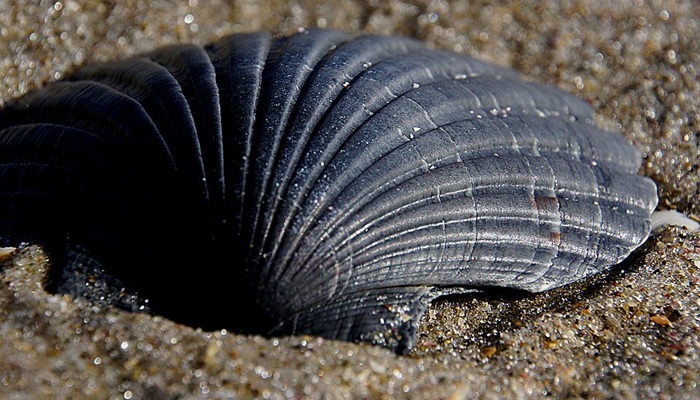Food
Where can I find information about food?
(Years 5-8)

Image: Fruit bowl (43779441112) by Ella Olsson on Wikimedia Commons.
Entry last updated: 30/10/25
Introduction
Food gives us energy, it helps us grow and it tastes good. We can get sick if we don't eat the right amount or right kind of food, or if we don't prepare it properly. On this page you'll find information about the history and culture of food, where to find recipes and food safety.
History of food
People who lived in the stone age were hunter-gatherers. They only ate what they could hunt, or plants that they could find in the wild, like berries and seeds. Later people started to grow or cultivate food and this changed the kind of food that people ate.
This education site is easy to read and interesting.
Enter the keywords 'food history' into the search box at the top of the page.
There are different articles about food in history such as Renaissance Food for Kids.
Tips: Search words, or keywords, are the most important words in our question. Usually it’s better to leave out small words like ‘the’, ‘a’ and ‘of’ and just choose the main ones, eg food. We can always change our keywords or add more if we need to.
Te Ara: The Encyclopedia of New Zealand
Te Ara is an excellent starting point for all questions about Aotearoa New Zealand, including the history of food in New Zealand.
Go to Topics and find Food and food production.
Explore Māori foods - kai Māori and Māori feasts and ceremonial eating-hākari about early Māori food customs like hangi, growing plants, and the changes that took place when the Europeans arrived.
The link called Food is about the history of foods like meat, dairy, fruit and vegetables in the diet of New Zealand.
Tips: We like sites like this because they’re reliable. You can tell because of their web address – they have either .govt or .edu, meaning they are from government or educational organisations. They’re also New Zealand sites, so relevant for us.
Food around the world
Every country and culture has its own cuisine, cooking traditions and rules about food.
This website is managed by a teacher, who is also a parent. Besides providing tips for family holidays, this website has lots of interesting facts about countries around the world, including traditional food.
Go to the tab called Countries and select from the countries listed.
You will find facts about food towards the end of each page.
As an example, if you select Argentina, you will read about asado and dulce de leche.
France will explain French foods like baguette and ratatouille.
Tips: Websites that have .com or .co in the address can have good information, but you need to assess how reliable it is. Check the About us link on the website, if you can find one. That can tell you what the company’s mission and values are.
Food and nutrition
Nutrition is the science of how our bodies use nutrients like vitamins, fats, carbohydrates and minerals from food to give us energy. To be healthy you need to eat a balanced diet that gives you all the nutrients in the right amount.
This EPIC database has lots of information on history, art, geography, science and health as well as food and nutrition.
Go to the topic on Health and find Food and Nutrition.
This will lead you to Food Plate, Healthy Diet and Nutrition which is about selecting the right amount of different foods to keep you healthy and strong.
You will also find information on topics like Organic food and Veganism .
Tips: To get to the EPIC resources you will need a password from your school librarian first. Or you can chat with one of our AnyQuestions librarians and they will help you online. Some EPIC databases may also be available through your public library.
This site has a special section for kids on the human body, staying healthy and lots of yummy recipes including vegetarian and lactose free recipes (the sugar found in milk).
Go to the tab for Kids and select Staying healthy, then select the link Fabulous Food.
Read the articles called Go, Slow and Whoa! A Kids Guide to Eating Right and MyPlate Food Guide to understand more about healthy diets.
Go to Recipes & Cooking for Kids to learn how to make a healthy meal. You will also find links to Vegetarian and Lactose-Intolerance Recipes for kids.
Tips: Many web pages have links to further information or to other recommended sites. Following these links is a great way to find out more.
Food Safety
Food safety is about being safe while cleaning, cooking and storing food to protect it from diseases. It also means reading labels for people with food allergies.
Ministry for Primary Industries - Food safety at home
This government website helps businesses produce and prepare food that's safe to eat. It also has tips on how families can develop food safety habits.
Go to Eating safely at home to find safe ways to prepare, cook, and store food.
Check out Food allergies and intolerances to find out about this topic.
Or choose Preparing and storing food safely at home to find out how to keep school lunches safe.
Books
Your school library or local public library will have lots of books about food and recipes. Here are some examples to start with:
Chef Gino's taste test challenge : 100+ winning recipes that any kid can cook by Gino Campagna
Food around the world by Moira Butterfield and Izzi Howell
Healthy eating by Gemma McMullen
What's on my plate? by Jennifer Boothroyd.
SCIS no: 1980325
Topics covered
Related content

Countries of the world
Where can I find information about the different countries in the world?

Hauora - health
Where can I find information about hauora - health and well-being?

Food chains (junior)
Where can I find information about food chains?

Kaimoana (seafood)
Where can I find information about Kaimoana (seafood)?
